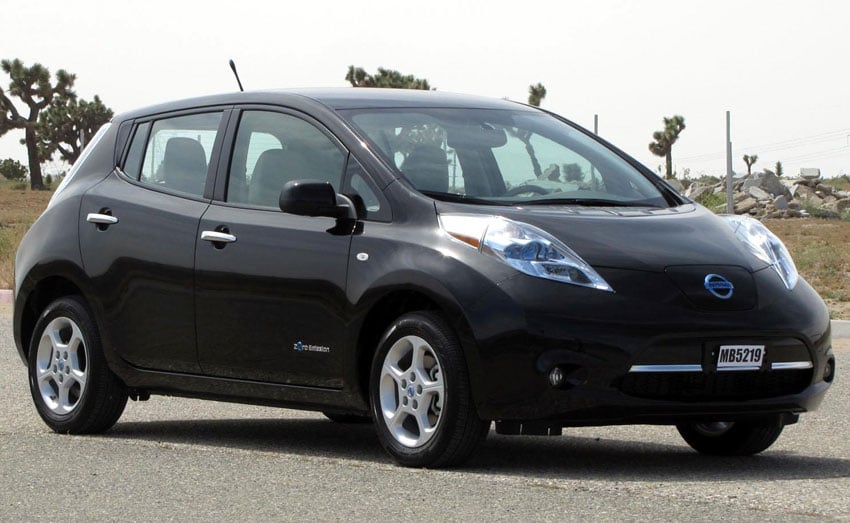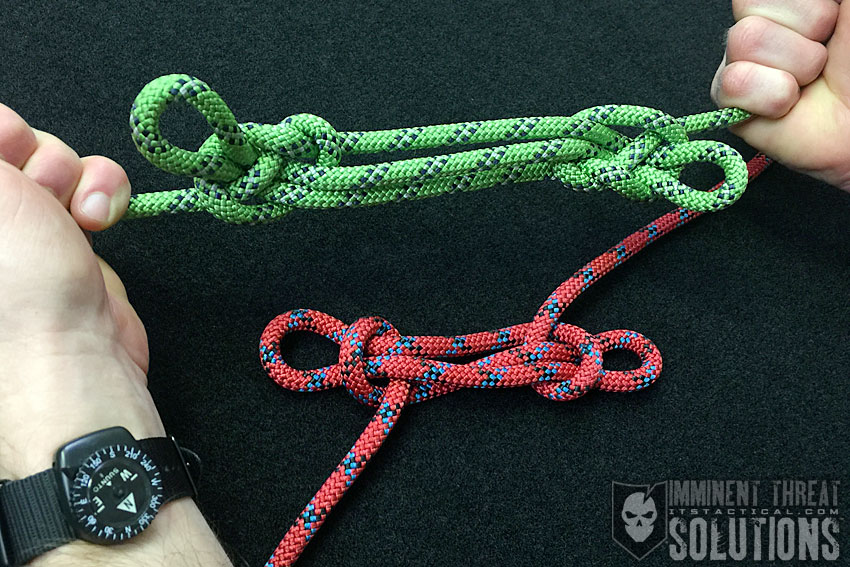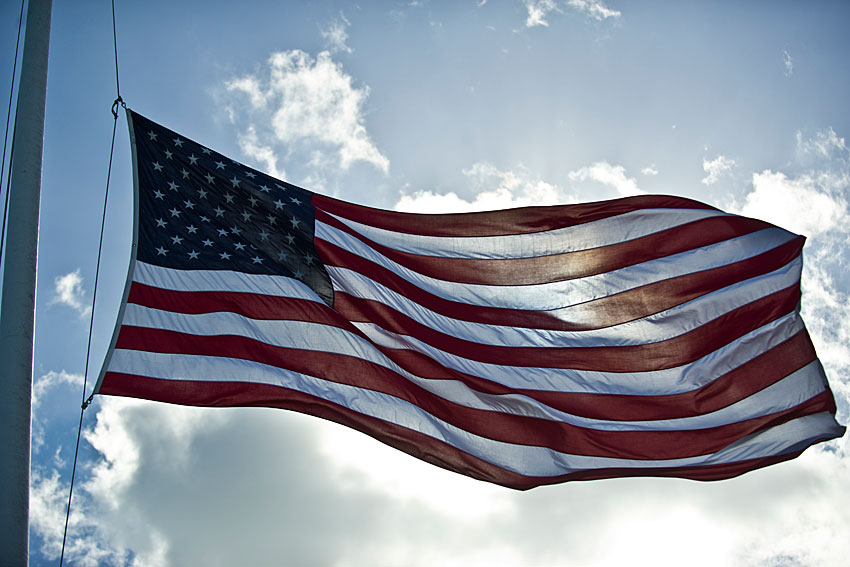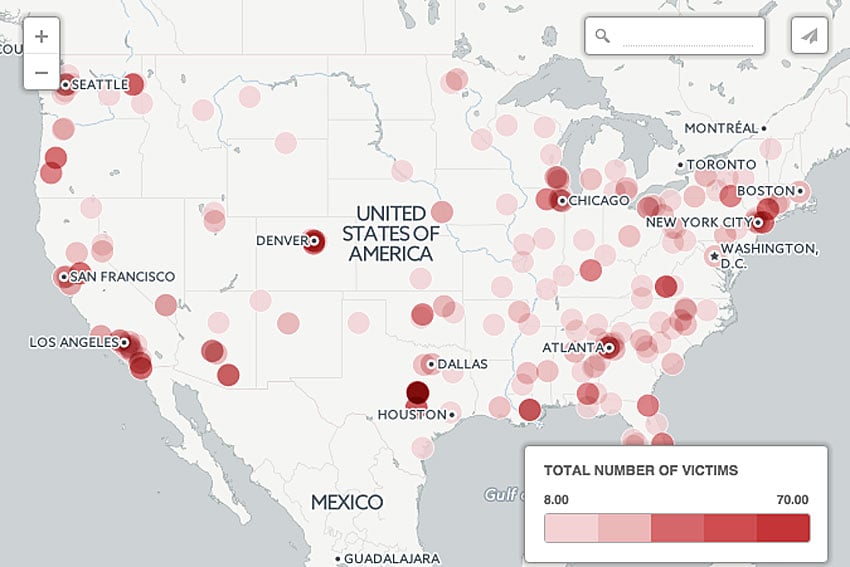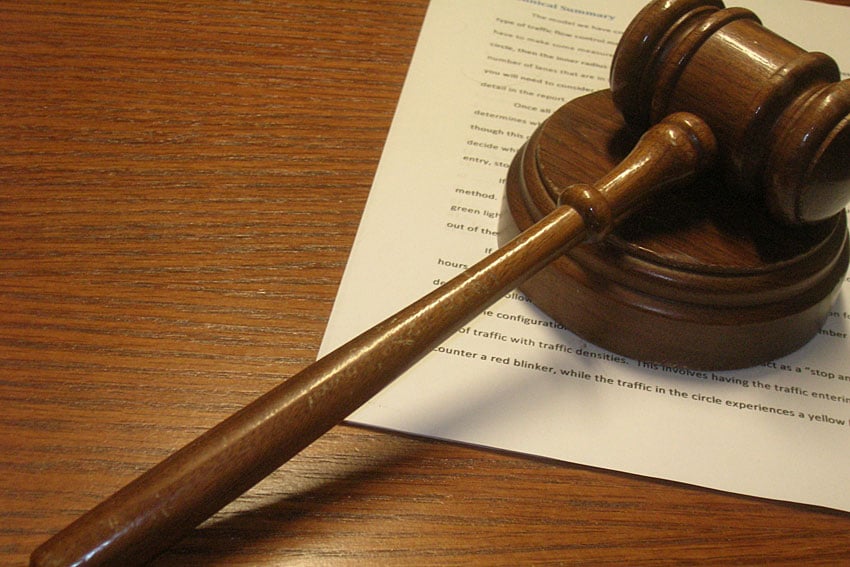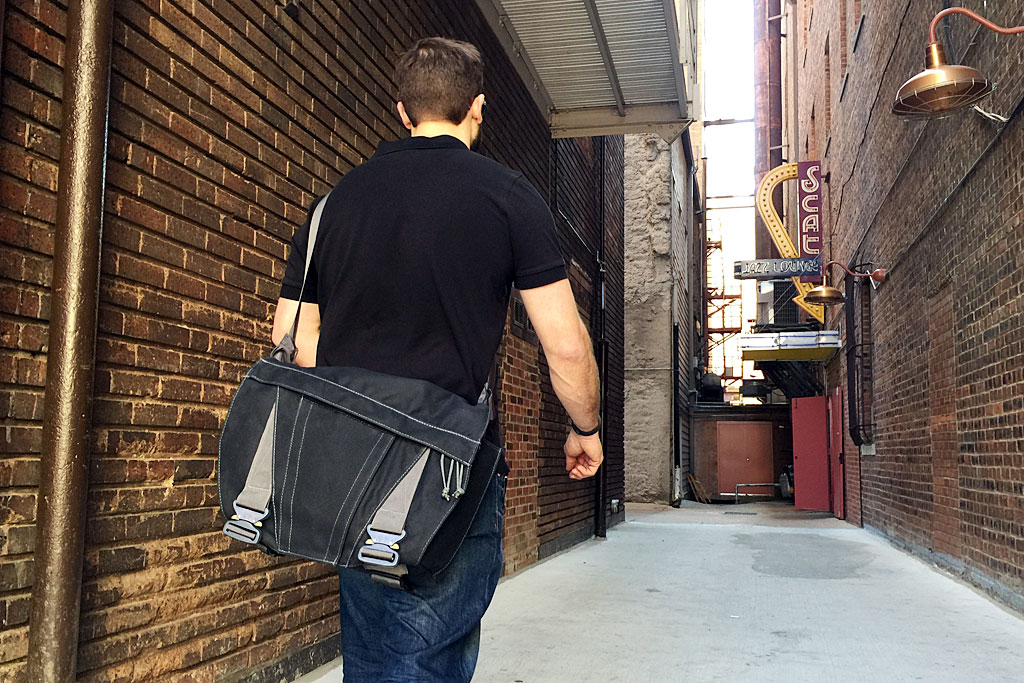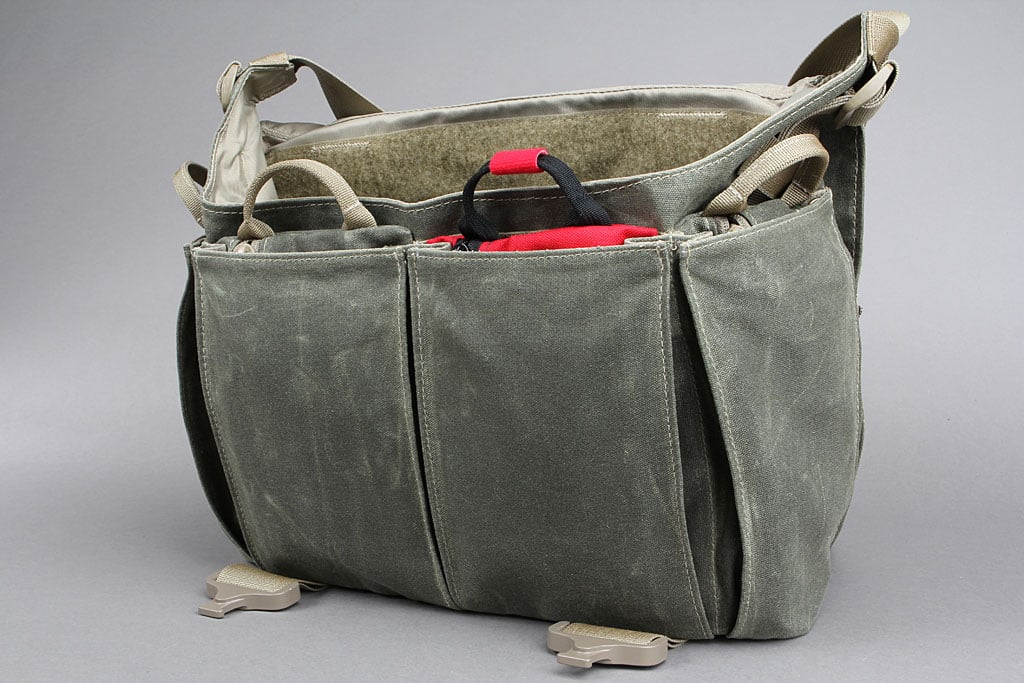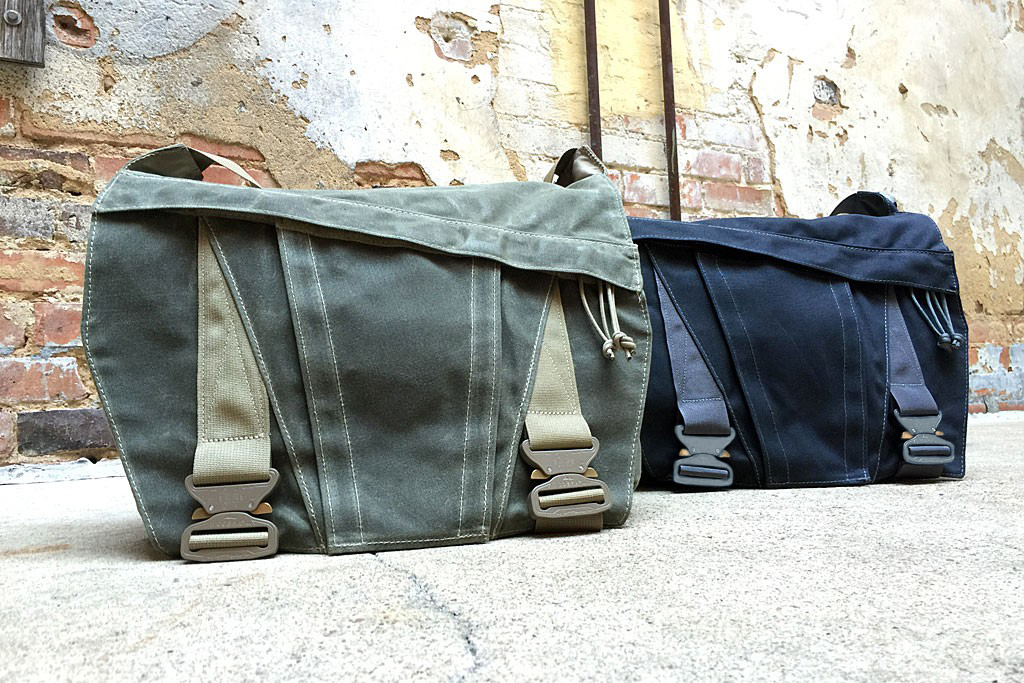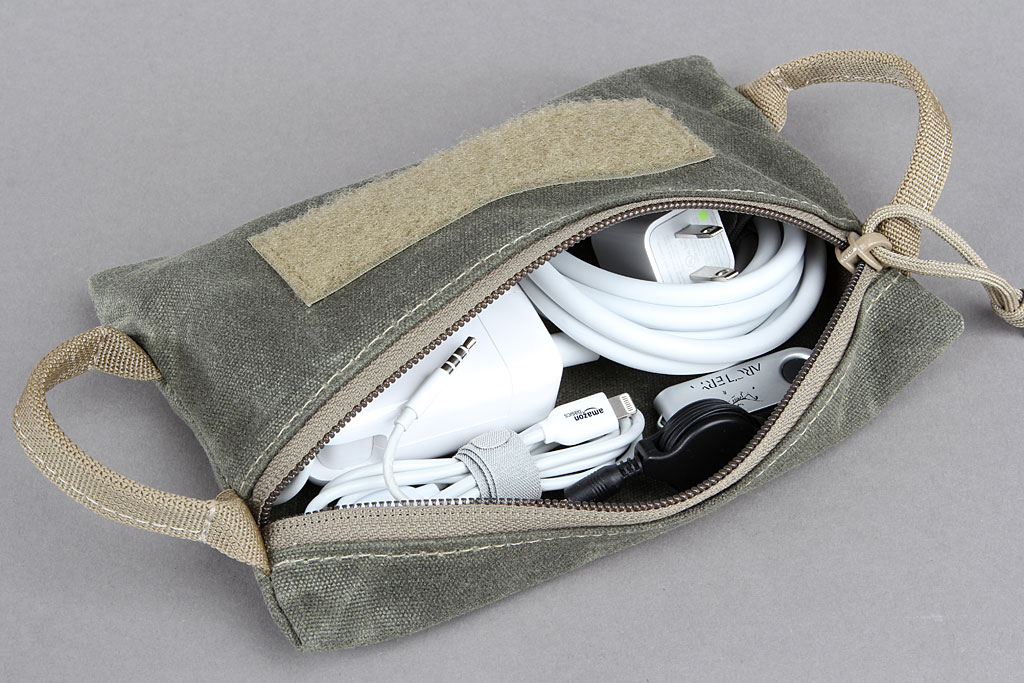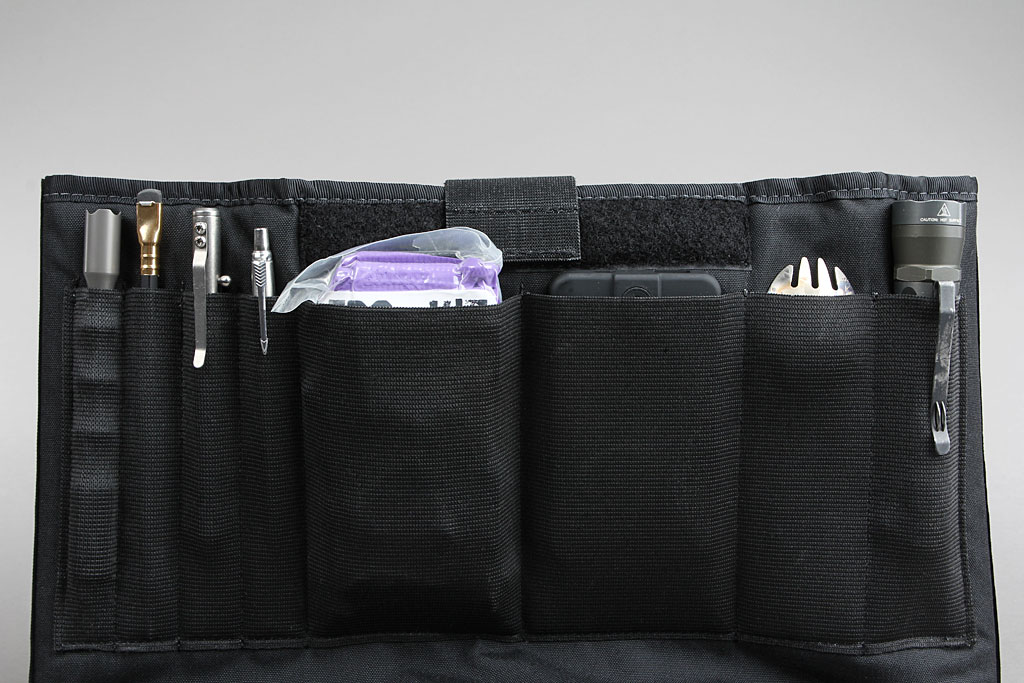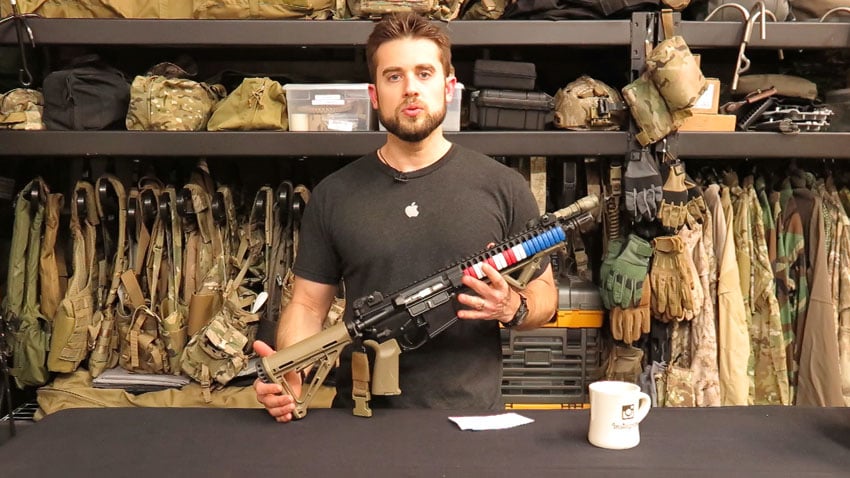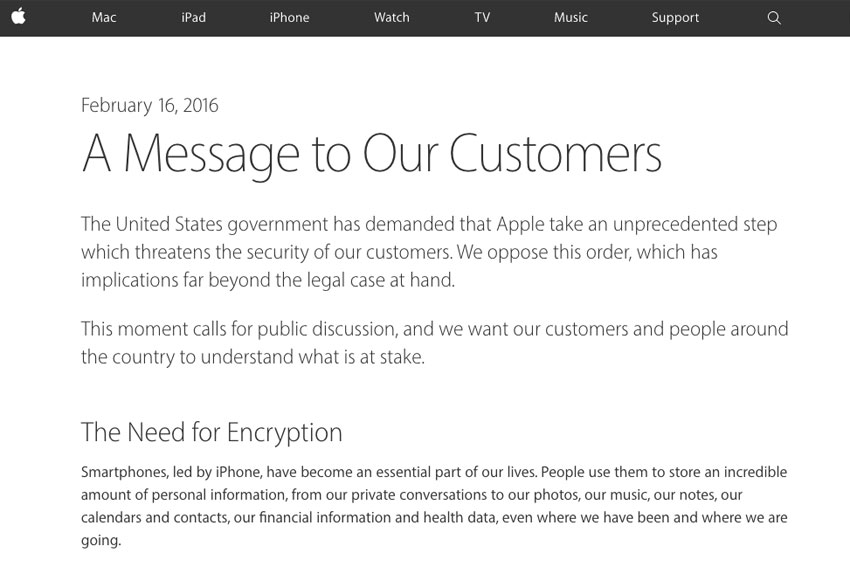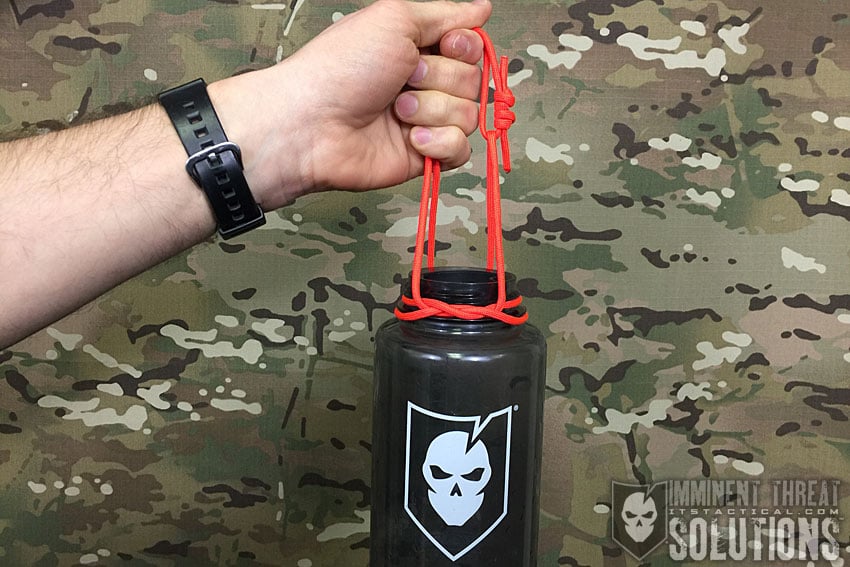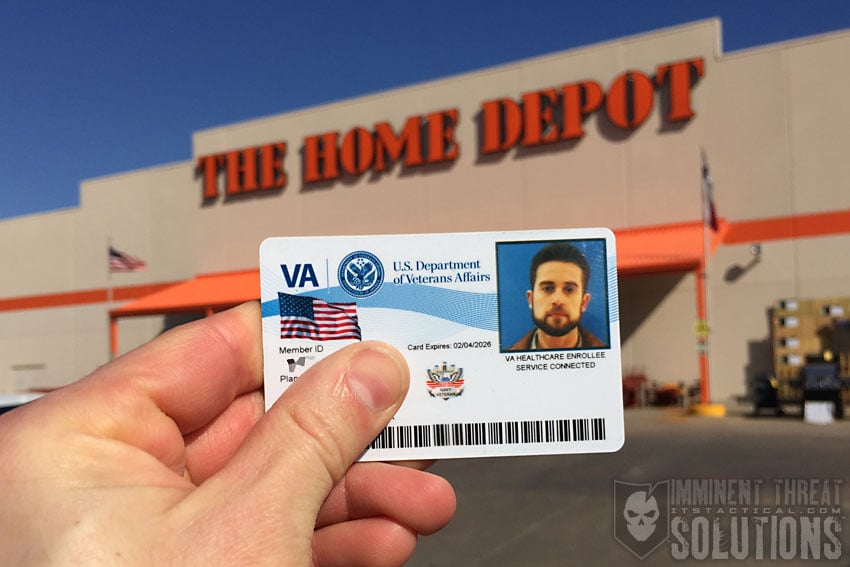
While the title of this article sounds like I got screwed over as a Veteran at Home Depot, quite the opposite is true.
Today I’ll be walking through my adventures with the Veterans Administration when I attempted to obtain a VA ID so that I could get a 10% Veterans discount at Home Depot. Granted, my reasoning for obtaining one isn’t the most valid reason, but it’s honestly what finally got me into the VA to get one made.
It’s a fairly comical story and one I thought everyone might enjoy hearing. In this, I also hope my details will help fellow Veterans that might not be “in the system.” You’re going to hear that term quite a bit too, as it’s caused me to smack my head quite a few times in dealing with my local VA.
All I Wanted Was a Discount
When I heard that both Home Depot and Lowe’s offer a 10% discount to Veterans, I inquired to to find out more. My wife and I are homeowners and like many of you in the same boat, you probably have the same love/hate relationship with your local home improvement store that I do. On one hand, it’s exciting to look at all the eye candy there, envisioning what you can do to upgrade your home.
On the other hand, when something breaks, which it always does when you own your own home, you wind up at your local home improvement store covered in dirt and grime. You walk up and down multiple isles as fast as possible trying to find the repair part you need. Despite walking these same isles for 10 years, you still can’t find crap and wind up having to walk even more to track down a sales associate. Just me?
I digress, back to the ID situation. When inquiring with these home improvement stores about their discount, I obviously had to prove I was a Veteran to get the discount. Cool, so I’ll just finally get off my butt and go down to the VA and grab an ID. I’m in the system with the Texas VA and every few years they schedule appointments with me to verify my status.
Just to fill in a bit more on the backstory, I was medically separated from the Navy about 10 years ago due to my disability, which if you read my bio here on the ITS Crew page, it was the result of a diving accident while I was at BUD/s (Basic Underwater Demolition/SEAL training.) Anyhow, I went through TAPs (Transitional Assistance Program) during my out processing, where they go through all the Veterans benefits available to you after being separated.
There’s a dedicated section of the course that helps you register with the local VA office in your home state. This is done to ensure you have a local VA to go to for checkup appointments, etc. I mention all this to say again that I was in the system. I’ll save you the details during this spot in the article where I complain about getting a severance when they medically separated me and then had to pay it back with my disability benefits, which I didn’t receive in full until that repayment was satisfied.
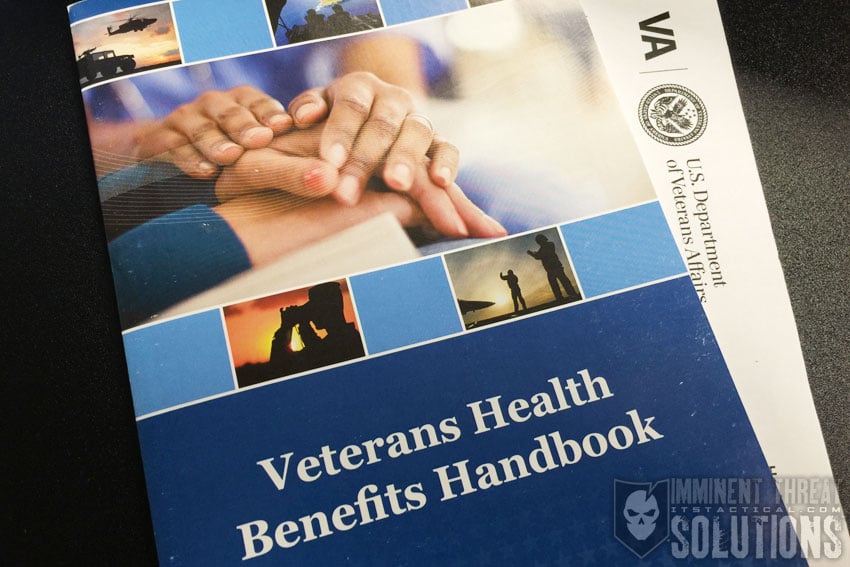
Apart from attending my regularly required appointments, I really never had a reason to visit the VA for medical care. My wife and I have always had our own insurance policy, but this recently changed due to the exorbitant costs of the so called “Affordable” Health Care Act. This being the case, I figured I’d go ahead and inquire about my options for VA healthcare while I was picking up my shiny new VA ID.
I’d received a booklet months back that went over all the VA benefits, including instructions on how to apply for a VA ID. This included a document to download, complete and bring down to your local VA when applying. I followed the instructions, filled out the form and finally got off my butt to drive over to the VA and grab an ID. Easy, right?
The Hallmark of Efficiency
Here’s the deal, nothing is ever easy with the VA. Efficient? Maybe, but never easy. There’s no way to make an appointment for an ID, you have to just walk in. I knew my day could potentially be derailed by my VA visit, but I didn’t know just how ridiculous it could be.
I stopped by the information desk and inquired about where I needed to go to apply for an ID, luckily it was within 10 yards of the information desk, so no big deal. I glanced at the waiting area and only saw three people sitting there. Relieved, I was handed an electronic number puck like you get at a restaurant. I thought to myself, “man, how efficient!” Maybe things were changing for the better at the VA. I quickly realized the puck had a label maker number on it and it was non-functioning. Regardless, I took a seat and hoped it would be a quick process.
Much to my dismay, out of the four available windows to help people at, there was only one with a VA employee sitting behind it. I hoped that with just three people in front of me, it wouldn’t take too long. I spied another employee with a clipboard speaking with two of the three people ahead of me and realized they were together. Great! Only two people were ahead of me now.
The woman with the clipboard moved over to the other gentleman sitting down waiting and I overheard her ask him for the number on the electronic puck. She copied it down on her clipboard with the reason for his visit and instead of moving over to take down my info, she went up to the window to speak with the lone employee behind it.
After 20 minutes of conversation between these two women and no one having been called up yet, I started to get impatient. The clipboard employee worked her way back over to the group of us, which had now grown to another three people that had come in after me. She stopped at one of these people and ran through her questions again with them. I assumed the order she was writing everyone down in had something to do with the order people would be called up in and I got even more impatient. I stood up and walked over to her to make sure my info made it onto the clipboard.
One ID Please
It took another 10 minutes for the woman behind the window to call up the first person in line and there’s no telling how long he’d already been there. After a grand total of 50 minutes since my arrival, I was finally called up.
I presented the paperwork to apply for my ID and I was asked if I was in the system. Yes, I said. I’ve been to a couple of appointments over the past few years, but it’s been awhile. After a quick scan of her computer monitor, she said that I wasn’t in the system. I let her know that there must be some mistake. I’d been out for around 10 years and know that I’m registered with the VA. I’ve had appointments and get regular mail from the VA.
“Well, that’s not the same as being in our system,” the employee told me. “We’ll have to get you added to our system here before you’ll be able to get an ID. Please fill out this form and we can get you entered.” I didn’t mention it before, but I’d done my due diligence and brought the two forms of ID required to apply for a VA ID and luckily, this is what she asked for next to add me into the system. However, she told me she also needed a copy of my DD-214 before she could finish entering me into the system.
So let me get this straight, I told her. Your local VA system you’re accessing there can’t tell you there’s a Veteran attached to the social security number I just provided you? No, she said. That’s why we need a copy of your DD-214. Deflated, I said that I’d have to bring that back in. She promptly handed me back all my paperwork and said, no problem, just bring this all back in with your DD-214 and we’ll get you added in then.
Lessons Learned:
- Lesson 1: You’re not eligible for care at your local VA until you’re in their system.
- Lesson 2: You need a copy of your DD-214 for your local VA, even if you’re already registered with the VA.
I left the VA, drove home, grabbed a copy of my DD-214, drove back, grabbed another non-functioning electronic number, took a seat and waited to be called up again. Now 3 hours into the process, including drive time, I visited the lone open window again. “Hi,” I said. “I was just here a bit ago and here’s my application to get added to the system, along with my DD-214 and two forms of ID.” “Sure,” she said. “Let me get all this entered for you.” I breathed a sigh of relief and was glad to finally be getting somewhere.
“Ok, I’ve got you added in,” she said. “When would you like to schedule your appointments?” Wait. Appointments? I just need an ID. I knew I wanted to inquire about healthcare at the VA, but one thing at a time, I came here for an ID. After fielding that question to the woman behind the window, she let me know that my entry into the system would take at least a week and that until that was complete, I wouldn’t be able to apply for an ID.
Great, considering this new information I went ahead and said that I’d like to go ahead and book the appointment she’d mentioned as long as I’d have to come back a third time. She quickly reminded me that it was two appointments. The first was blood work that would have to be done at least a week in advance of the next appointment, which was an initial visit with a primary care provider.
I went ahead and booked these two appointments and figured that I’d just finish my ID application after my blood work on that first appointment date. Multiple trips and hours later, I still didn’t have my VA ID. Cheer up buttercup, you’re almost in the system!
Lessons Learned:
- Lesson 1: You’re not eligible for care at your local VA until you’re in their system.
- Lesson 2: You need a copy of your DD-214 for your local VA, even if you’re already registered with the VA.
- Lesson 3: Once your info is added to your local VA system, it takes a week for it to actually be in the system.
- Lesson 4: Two appointments are required to make your addition to your local VA official. Blood work and a Primary Care Provider appointment.
Mail Call
A week later, I started to receive local VA paperwork in the mail concerning my upcoming appointments. A third appointment had now been added that I never scheduled. This was a patient information class that would apparently introduce me to my local VA. This was of course scheduled at an inconvenient time and would need to be changed. I looked through my paperwork and found a phone number for my local VA to call to change this date. After about 45 minutes of getting transferred and lost in phone queue hell, I abandoned my quest.
A day before my scheduled first appointment, which I never scheduled, I received an automated call from the VA reminding me of my appointment. Much to my dismay, this message didn’t include a way to cancel or reschedule, just the addition of needing to be responsible and cancel if needed, so that another Veteran could use that appointment slot. Needless to say I missed this appointment and despite trying to call back yet again, I wasn’t able to figure out how to reschedule.
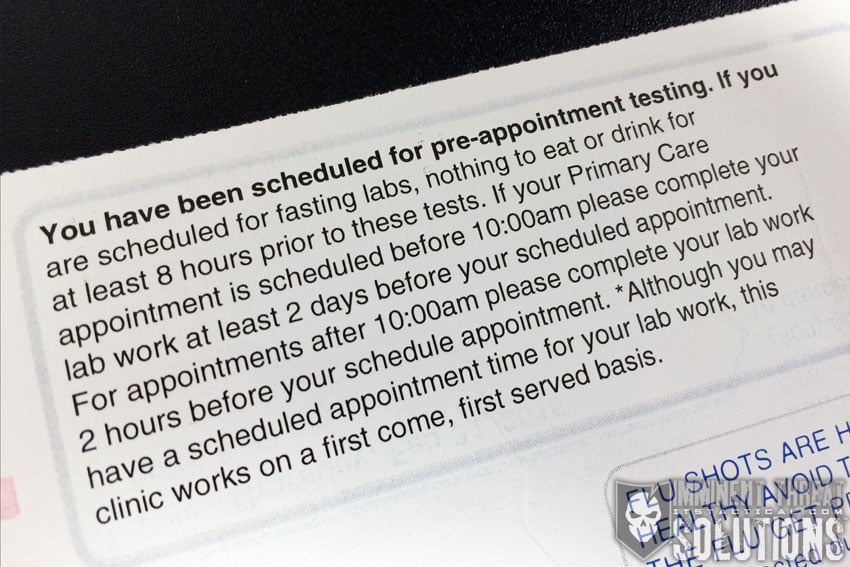
When my first actual scheduled appointment approached, I read over the instruction on my reminder, which said, “you have been scheduled for pre-appointment testing. If you are scheduled for fasting labs, nothing to eat or drink for at least 8 hours prior to these tests.” No one said anything about fasting labs, so do I fast? The day before my appointment I received a nice call from a VA employee reminding me of said appointment. I have to say, it was nice to actually receive a call from a human being, instead of the automated message. I asked the man on the phone if I was required to fast before my blood work and he apologized, saying that he’s just told who to remind about what appointment and didn’t have any details for me.
I decided to fast anyway, just in case. Considering how everything else had gone up until now, I didn’t need to get to my blood work appointment and find out it couldn’t be done because I hadn’t fasted. When I finally arrived for my appointment, I passed the area where I’d be going after this to finish my VA ID application and noticed that there was more than one person working behind the windows today. Awesome.
Upon entering the area to get my blood work done, I approached the desk and showed the VA employee my appointment paperwork. He then asked if I had a VA ID, which he’d need to check me in. “No,” I said. “I don’t have one yet.” “You really need to get that taken care of,” he said as he handed me a slip of paper to write my name and social security number on. I’m still baffled that after all these years and rampant identity theft, the military (and subsequently the VA) still uses social security numbers. My paper was clipped to a plastic number and I was told to have a seat. I wondered where that piece of paper would wind up and hoped it would be a shredder.
Waiting Room
Nestled amongst a sea of Veterans that had to number at least 50, I sighed at the long wait I knew was ahead of me. Surprisingly, the wait was only 10 minutes, which impressed the hell out of me. I walked back to the nurse who was drawing blood and asked if I had needed to fast for this. She said “yes, fasting is always required before blood work.” I mentioned that that was never clear to me, but I’d done it anyway. After an acknowledgement that I’d chosen wisely, she pierced my skin to start the blood flow.
After the harvesting, my arm bandaged with way too much coban for one man and I was handed a urine test jar. “Ok, just head down the hall to the bathroom and bring this back to me when you’re done.” This was news to me, I certainly didn’t ever get the notice that I should be ready to take a leak when I got here. This was apparently by design to be a surprise drug test too, I gathered. I purposely hadn’t drank any liquids since going to sleep the evening before to comply with the fasting instructions and hoped I could perform under pressure.
She attached that slip of paper I’d reluctantly written my social security number on to the test jar and asked, “do you have a VA ID?” After she saw the look on my face and my head shaking, she said, “you should really get that done, it will make things much easier around here.”
I was presented with two unisex bathroom doors to choose from and checked the handle on the one I approached to see if it was unlocked. I entered to find a fellow Veteran give me a scowl as he grumbled that he was in there. Geez, I thought to myself, lock the door man. The other bathroom was unoccupied and and I closed the door and reached for the lock, I found that there wasn’t one. Great, not only do I have to hope I can pee in a cup, but I have to do it with the possibility of someone barging in on me like I’d just done to the other guy.
Luckily, for some crazy reason, I had no issues filling the cup. After practicing good hygiene, I brought my cup back to the nurse and was told I was good to go. As I passed the lobby on my way out, I realized why I’d been seen so quickly, despite the crowd of Veterans that had clearly been there before me. I noticed many of them with cups in their hands, obviously sitting there waiting on that magic urge to pee. Phew, that could have been me.
Smile!
Feeling great for being able to control my bladder, I strode back over to ID desk and silently cheered on the inside when I saw no one waiting. I approached the window and let the gentleman behind it know that I’d like to get an ID made. He stopped me mid-sentence and said that I’d have to go get a number from the information desk. I did the “glance back” body language motion letting him know that it seemed a bit ridiculous, considering I was the only one there. He non-verbally let me know that he didn’t care and I walked over to grab a number staring at the top of my eyelids.
Non-functioning electronic number in hand, I reapproached the window and handed it off. “What can I help you with?” I’d like to get an ID made, I said. “Here’s my paperwork and my two forms of ID.” One was my driver’s license and the other was my voter’s registration card, which according to the worksheet listing forms of ID to bring, was as an acceptable form of secondary ID.
After looking over my paperwork and getting help with how to enter the correct number from my voter registration card into the system, the man helping me said. “That’s it, let’s just take your photo and you should get your ID card in the mail within two weeks.” This was it, I thought. I was done. When the flash went off on the camera, I distinctly remember trying to smile, but what came out was clearly an expression that tells the story of my experience.
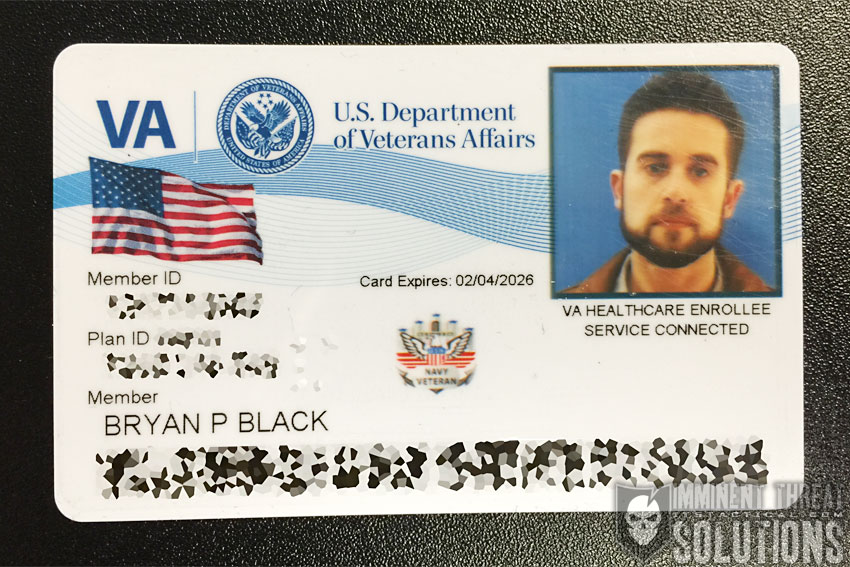
As I write this, I’ve just returned from my second scheduled appointment with the primary care physician and of course, it was a real doozy. First, let’s recap again.
Lessons Learned:
- Lesson 1: You’re not eligible for care at your local VA until you’re in their system.
- Lesson 2: You need a copy of your DD-214 for your local VA, even if you’re already registered with the VA.
- Lesson 3: Once your info is added to your local VA system, it takes a week for it to actually be in the system.
- Lesson 4: Two appointments are required to make your addition to your local VA official. Blood work and a Primary Care Provider appointment.
- Lesson 5: Always assume you need to fast before your blood work, even if it’s not clear.
- Lesson 6: Despite not being able to drink any liquids for 8 hours before your blood work, you’ll still need to be able to pee in a cup.
- Lesson 7: Don’t forget your two forms of ID when you go back to get your VA ID made.
- Lesson 8: Smile for the camera.
Primary Care Physician
My local VA has extremely efficient appointment check-in machines staged throughout the center, which I can now use, thanks to my shiny new VA ID that arrived in record time. Seriously, I was impressed. It took less than a week to get it.
After a quick check-in, confirming my details and walking over to the clinic where I’d be seen, I was already being called back. How about that! I met with a nurse first who took my vitals (blood pressure, temperature and also oxygen saturation using a pulse oximeter.)
A few questions later, many which I assumed tested for depression, PTSD and some other things, I was ushered over to my primary care physician. He was awesome and we had a lot in common to talk about. We went over my blood work and talked about my overall health, etc. In all it equated to a check-up in my mind and went extremely well.
I inquired with him about what I needed to do to set up future appointments and he said that he’d go ahead and schedule something for me in about 9 months, but the typical procedure was to make an appointment with the nurse of your primary care provider. So my question was of course, can I get the number to your nurse so I have it? “Oh,” he said. “I probably won’t be your primary care provider, but I could be, that’s assigned to you within about two weeks.” That makes complete sense, right. Rather than actually meet with who would be my primary care provider, the VA randomly assigns these appointments to whoever they can. Apparently there’s also no way to request a specific PCP, at least at my local VA. Bummer, I liked this guy.
The doctor also mentioned that if I should ever go to the hospital, I need to tell them immediately that I’m a Veteran and the center I’m “in the system” at. The hospital will then stabilize me if it’s life threatening and contact the VA to transfer me. He said that the local VA hospitals are often so full that they’ll authorize care where you’re at, but if you don’t mention the VA, you’re liable for your bills once they start working on you. Makes me want to hang a VA dog tag around my neck, just in case I can’t talk when I’m brought in. Seriously.
Back to that appointment in 9 months. I asked if that was necessary, considering I’m in good health. I didn’t feel like it was right to eat up an appointment slot, just because. I remembered the phone message telling me not to waste an appointment and to remember the others potentially waiting for my spot.
The doctor said that if you’re not seen every two years at your local VA, they’ll delete you from the system and you’d have to go through everything I’d just gone through with blood work and a PCP appointment all over again.
Wait, so the VA, who is known to be so busy that Veterans have to wait months to get seen, is telling me that I need to make sure I come in every two years, just to make sure I retain my status as a patient? That seems a little counterintuitive and extremely inefficient.
My appointment was fairly uneventful after that point, but I was still in disbelief about the whole two-year thing.
Lessons Learned:
- Lesson 1: You’re not eligible for care at your local VA until you’re in their system.
- Lesson 2: You need a copy of your DD-214 for your local VA, even if you’re already registered with the VA.
- Lesson 3: Once your info is added to your local VA system, it takes a week for it to actually be in the system.
- Lesson 4: Two appointments are required to make your addition to your local VA official. Blood work and a Primary Care Provider appointment.
- Lesson 5: Always assume you need to fast before your blood work, even if it’s not clear.
- Lesson 6: Despite not being able to drink any liquids for 8 hours before your blood work, you’ll still need to be able to pee in a cup.
- Lesson 7: Don’t forget your two forms of ID when you go back to get your VA ID made.
- Lesson 8: Smile for the camera.
- Lesson 9: You may think your initial primary care provider appointment is with your primary care provider, but it’s not. They’ll pick that for you later.
- Lesson 10: Always tell a hospital you might wind up at that you’re a Veteran and which center you’re “in the system” at. If you don’t, you’ll be footing the bill.
- Lesson 11: You have to get seen at your local VA center once every two years to maintain your status there, or risk going through the whole process all over again.
Takeaway

I’d like to preface this section with one thing, the VA is indeed efficient in many areas. They’ll efficiently tell you to come back with your DD-214 and efficiently remind you that you need to get your ID made, but efficiency and speed are inversely proportionate at the VA. They also need help with their communication when it comes to written instructions, but I digress.
You may think that because of my documented experiences with the VA that I’m bitter or just a dick. I may be both, but I believe it or not I really like the VA. I love all they do for Veterans and no one is perfect, especially me. There’s things they need to work on, but overall I respect those that work for the VA and very much appreciate what I perceive to be a different level of care from the doctors there.
What I mean is that in the private sector, doctors seem to be bought off by drug companies and care more for their bottom line than for the care of their patients. Now these are only my opinions, as they’ve been in many areas of this article, but my experience with VA doctors has always been that they don’t operate like civilian doctors. They don’t appear to push the latest and greatest medication from the highest bidder, or measure their success at how quickly they can jump from one patient to the next.
I could be wrong, but that’s my perception from seeing what I have of VA doctors and those that work for the VA system. It’s an epidemic these days that medication seems to be the answer to everything. Drug companies have invaded every form of media available, telling you why you should remember their name and request their product if you exhibit the signs and symptoms. Nevermind those pesky side effects like anal leakage.
It’s damn near self medicating. People hear all about a new drug and think, “yeah, I need that.” I personally can’t stand those commercials and think they do more harm than good.
Overall, I’m thrilled that I’m in “the system” and now know that I’ll need to keep up what could be useless appointments every two years to retain my status. At least my VA ID is good until 2026 and provided I stay in the system, I won’t have to mess with the process again until I’m 47 and it’s time to renew it. I can’t wait to learn all about how to do that.
I’ll add one more lesson learned, just to bring the list to 12. I’m sure many of you out there have VA stories, both positive and negative. If you have the time, leave them in the comments. Hopefully they’ll help others, like I hope my story has.
Lessons Learned:
- Lesson 1: You’re not eligible for care at your local VA until you’re in their system.
- Lesson 2: You need a copy of your DD-214 for your local VA, even if you’re already registered with the VA.
- Lesson 3: Once your info is added to your local VA system, it takes a week for it to actually be in the system.
- Lesson 4: Two appointments are required to make your addition to your local VA official. Blood work and a Primary Care Provider appointment.
- Lesson 5: Always assume you need to fast before your blood work, even if it’s not clear.
- Lesson 6: Despite not being able to drink any liquids for 8 hours before your blood work, you’ll still need to be able to pee in a cup.
- Lesson 7: Don’t forget your two forms of ID when you go back to get your VA ID made.
- Lesson 8: Smile for the camera.
- Lesson 9: You may think your initial primary care provider appointment is with your primary care provider, but it’s not. They’ll pick that for you later.
- Lesson 10: Always tell a hospital you might wind up at that you’re a Veteran and which center you’re “in the system” at. If you don’t, you’ll be footing the bill.
- Lesson 11: You have to get seen at your local VA center once every two years to maintain your status there, or risk going through the whole process all over again.
- Lesson 12: Efficiency and speed are inversely proportionate at the VA.









